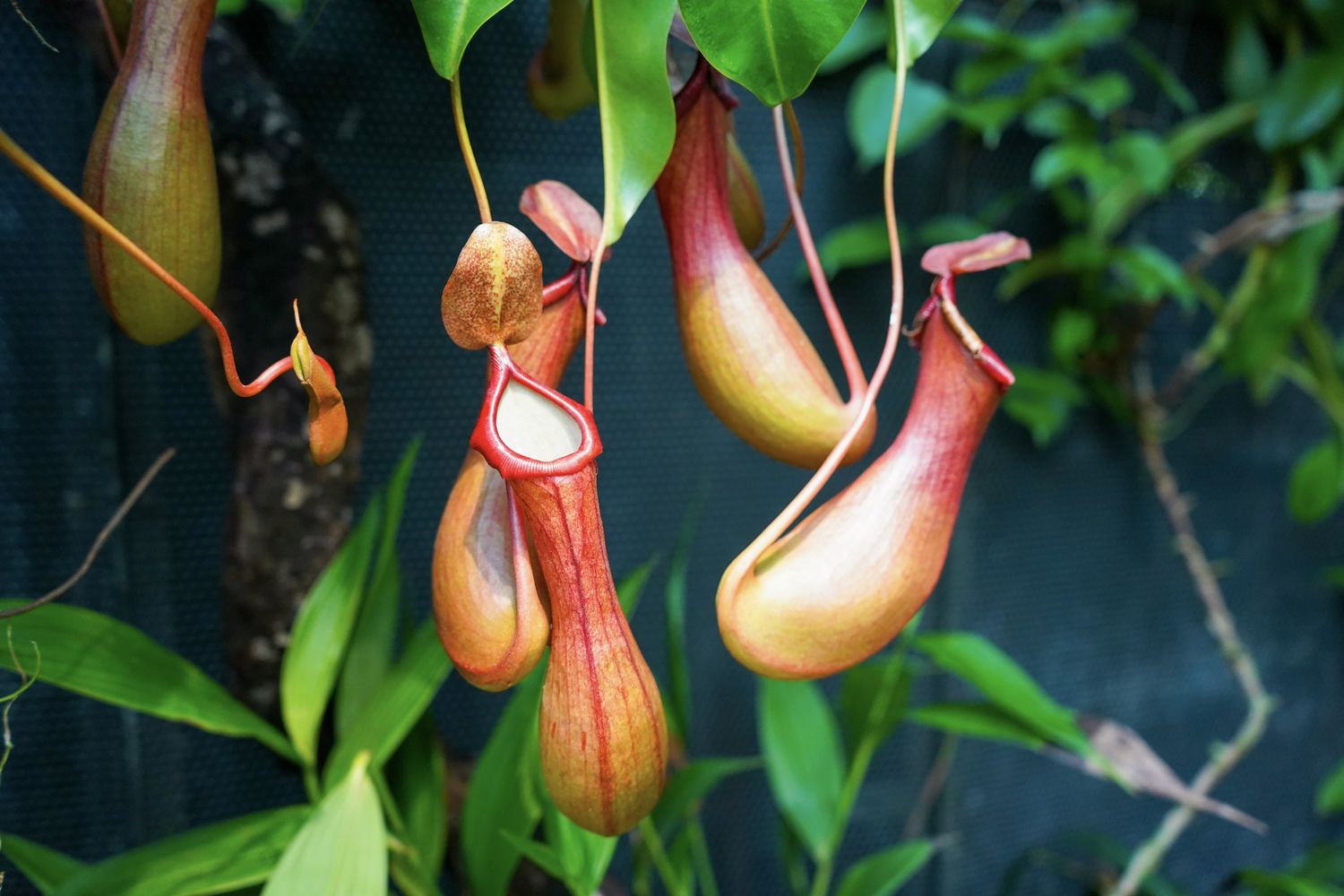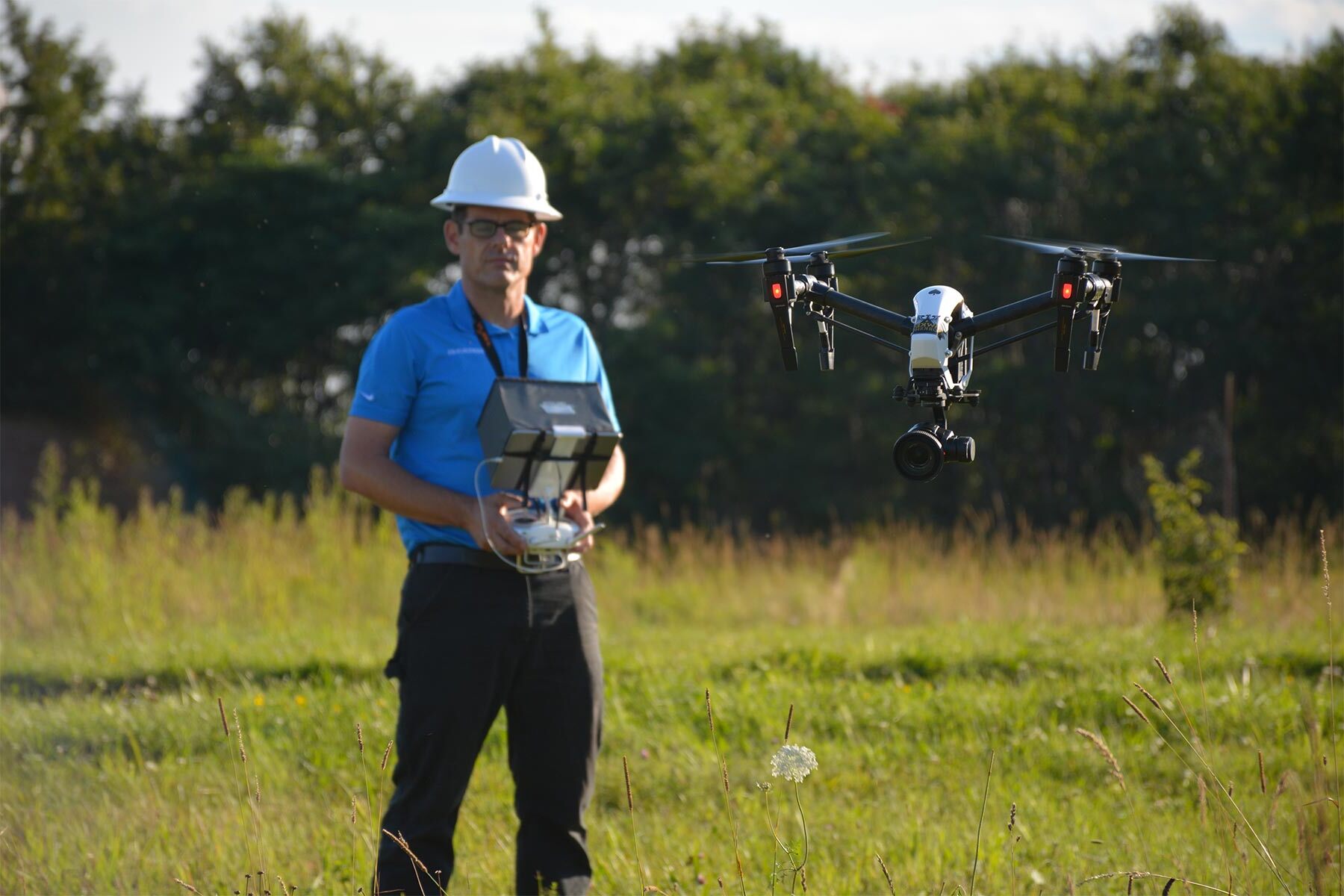
Pitcher plants are a fascinating and extraordinary group of carnivorous plants that have captured the imagination of botany enthusiasts and nature lovers alike. Known for their incredible adaptations to obtain nutrition, pitcher plants possess unique features that set them apart from other plant species. From their elaborate traps to their diverse forms and habitats, these plants have evolved remarkable strategies to survive in nutrient-poor environments.
In this article, we will delve into the world of pitcher plants and explore twelve extraordinary facts about them. From their ability to attract, trap, and digest insects to their incredible diversity across different continents, these fascinating plants have much to offer. So, let’s take a closer look at the intriguing world of pitcher plants and uncover some of the most remarkable aspects of their unique biology and behavior.
Key Takeaways:
- Pitcher plants are expert insect predators, using their unique pitcher-shaped leaves to capture and digest unsuspecting insects. They come in various shapes and sizes, with some having the largest pitchers of any known species.
- Some pitcher plants form symbiotic relationships and exhibit bright colors and patterns to lure prey. They can be found in diverse habitats and use fragrance to deceive their prey, showcasing their remarkable adaptability and ingenuity.
Pitcher plants are expert insect predators.
Pitcher plants have evolved specialized pitcher-shaped leaves to capture and digest insects. These leaves form a deadly trap, luring unsuspecting insects with nectar and vibrant colors, then drowning and digesting them in the fluid contained within the pitcher.
They come in various shapes and sizes.
There are over 100 known species of pitcher plants, each with its own unique shape and size of pitchers. Some have tall and slender pitchers, while others have short and wide ones.
The Nepenthes rajah has the largest pitchers.
The Nepenthes rajah, also known as the giant montane pitcher plant, produces the largest pitchers of any known pitcher plant species. These pitchers can reach up to 40 centimeters in height and are capable of holding large volumes of fluid.
Pitcher plants use multiple trapping mechanisms.
While most pitcher plants rely on the passive trapping method, where insects fall into the pitchers due to their slippery walls, some species also have active trapping mechanisms. These mechanisms include the use of hairs, stiff structures, or even snapping traps to capture prey.
Some pitcher plants form symbiotic relationships.
Certain species of pitcher plants, such as the Nepenthes and the Philcoxia, have formed mutualistic relationships with other organisms. For example, Nepenthes gracilis forms a symbiotic relationship with tree shrews, who defecate into the pitchers, providing additional nutrients for the plant.
They have extraordinary digestive enzymes.
Pitcher plants have evolved powerful enzymes capable of breaking down the tough exoskeletons of insects. These enzymes, such as proteases and chitinases, assist in the digestion of prey and ensure the plant’s nutrient uptake.
Pitcher plants also consume other prey.
While insects are the primary source of food for pitcher plants, some species have been known to consume other small animals, such as spiders, snails, and even small rodents.
Pitcher plants can be found in diverse habitats.
Pitcher plants can thrive in a wide range of environments, including tropical rainforests, alpine regions, and even sandy bogs. This adaptability allows them to capture prey in various locations and ensures their survival.
Some pitcher plants exhibit bright colors and patterns.
Several species of pitcher plants display vivid colors and intricate patterns on their pitchers. These visual cues attract insects, making them more likely to venture into the deadly trap, leading to increased feeding opportunities for the plant.
Pitcher plants use fragrance to lure prey.
Alongside their visual attractions, many pitcher plants also emit enticing fragrances to lure unsuspecting insects into their pitchers. These scents resemble those of flowers or decaying matter, further deceiving their prey.
Pitcher plants are an example of convergent evolution.
Pitcher plants can be found across the globe, from Southeast Asia to the Americas. Despite their geographic separation, different species of pitcher plants have independently evolved similar pitcher-shaped structures, demonstrating convergent evolution.
The Venus Flytrap is not a pitcher plant.
Contrary to popular belief, the Venus Flytrap (Dionaea muscipula) is not a type of pitcher plant. While both plants are carnivorous, they belong to different families and have distinct trapping mechanisms.
These 12 extraordinary facts about pitcher plants showcase the ingenuity and adaptability of these remarkable carnivorous plants. With their intricate traps, diverse habitats, and fascinating evolutionary strategies, pitcher plants continue to captivate both scientists and nature enthusiasts alike.
Conclusion
The Pitcher Plant is a truly fascinating species known for its unique ability to trap and digest insects. Its extraordinary adaptations and survival mechanisms have captivated researchers and nature enthusiasts alike. From its pitcher-shaped leaves to its carnivorous nature, the Pitcher Plant stands out as an exceptional specimen in the world of plants.
As we’ve explored in this article, these remarkable plants have developed incredible strategies to acquire nutrients in nutrient-poor environments. Their deceptive appearance, enticing fragrance, and slippery surfaces make them a formidable trap for unsuspecting prey. The symbiotic relationships they forge with their insect visitors further contribute to their survival and success.
Whether it’s their intriguing anatomy, efficient digestion process, or the wide variety of species within the pitcher plant family, there is no doubt that these plants are extraordinary. So, the next time you encounter a Pitcher Plant, take a closer look and appreciate the wondrous adaptations and unique role they play in the world of plants.
FAQs
Q: What is a Pitcher Plant?
A: A Pitcher Plant is a carnivorous plant that has modified leaves shaped like a pitcher, which serves as a trap for insects and other small prey.
Q: How do Pitcher Plants catch their prey?
A: Pitcher Plants catch their prey by luring insects into their pitcher-shaped leaves with a combination of nectar, slippery surfaces, and enticing fragrances. Once the insects enter the cavity, they become trapped in the digestive enzymes secreted by the plant.
Q: Where are Pitcher Plants found?
A: Pitcher Plants can be found in various regions around the world, including Southeast Asia, Australia, North America, and South America. They thrive in wetlands, bogs, and other nutrient-poor environments.
Q: Are all Pitcher Plants carnivorous?
A: Yes, all Pitcher Plants are carnivorous. They rely on the nutrients obtained from the digestion of insects to supplement their growth in nutrient-deficient habitats.
Q: Do Pitcher Plants pose any threats to humans?
A: Generally, Pitcher Plants do not pose any threats to humans. While some larger species may be able to capture small vertebrates, they are not harmful to humans and are often cultivated as unique and exotic houseplants or garden additions.
Q: Can Pitcher Plants be grown indoors?
A: Yes, certain species of Pitcher Plants can be successfully grown indoors. However, they require specific environmental conditions, such as high humidity and bright, indirect light. Additionally, they need to be watered with distilled or rainwater to avoid mineral buildup in their soil.
Pitcher plants are truly remarkable, but there's still more to explore! Satisfy your curiosity about these carnivorous wonders by learning additional pitcher plant facts that will amaze you. You can also mark your calendar for World Carnivorous Plant Day, celebrated annually on May 1st, and discover how enthusiasts around the globe honor these fascinating plants.
Was this page helpful?
Our commitment to delivering trustworthy and engaging content is at the heart of what we do. Each fact on our site is contributed by real users like you, bringing a wealth of diverse insights and information. To ensure the highest standards of accuracy and reliability, our dedicated editors meticulously review each submission. This process guarantees that the facts we share are not only fascinating but also credible. Trust in our commitment to quality and authenticity as you explore and learn with us.


